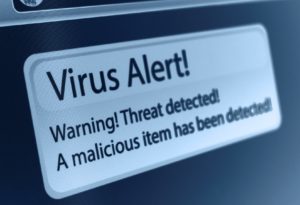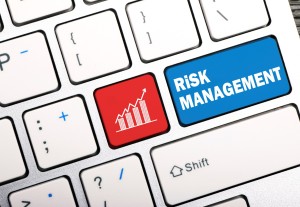Although computer viruses have always been a problem in the workplace, nowadays, surfing the web is getting more dangerous than ever. Not only are there plenty of websites filled with dangerous viruses, but many developers might even try to trick you into downloading dangerous software.
For example, let’s say you were looking for a solution to update your computer, and there was a seemingly legit website that provided some download links. In reality, this could just be a trick to get you to download some dangerous software. Even worse, though, many times, you might even accidentally download ransomware.
Basically, it is a sophisticated piece of malware that blocks the victim’s access to his/her files. Obviously, though, that’s only the gist of it, and the malware can be a lot more dangerous than it appears at first glance. With that said, even though many businesses know how to handle computer viruses, ransomware is in a league of its own. Here are a few things businesses should know when dealing with ransomware, and how to prepare it.
#1. What Makes Ransomware So Dangerous?
As I had mentioned before, even though it blocks access to your files, that’s putting it mildly. Aside from encrypting and locking all the data on your computer, the hacker also demands a ransom. If the sum of money isn’t paid within a certain amount of time, all your files will be deleted. Another downside is that once your device gets infected, it’s nearly impossible to get rid of the virus. In fact, the FBI has even encouraged victims to pay the ransom, since it’s the only way out. With that said, the only way to truly beat this piece of malware, is by paying the ransom, or avoiding it completely.
#2. How Does Ransomware Affect Your Business?
Aside from the obvious, which includes deletion of your files, ransomware affects your business from a more personal perspective as well. A company’s reputation is essential to running a successful organization, and ransomware can have a major effect on this, especially when it comes to your loyal customers. Remember, whatever happens in the workplace will have an impact on everyone, especially if it’s security related.
For example, let’s say you had both your files and customer documents on one device. If they got deleted due to ransomware, imagine how this would affect your customers. Not only would they go to look for business elsewhere, but more than likely, they will tell other potential customers about the incident as well. In the long run, this could turn potential customers away from your business. After all, customers don’t want to hear excuses. They want a business that not only protects their data, but one that also knows how to respond in the event of any unexpected incidents.
#3. How Can You Protect Yourself?
As dangerous as ransomware is, it’s definitely not unbeatable. One of the key ways to protect yourself, is by making sure to avoid it, since it’s very difficult to get rid of once you’re infected. Not only do you need to be smart about the websites you visit, but also be cautious of suspicious files and emails. Make sure to scan everything before downloading it, and always have anti-virus software installed. By taking these precautions, not only are you preventing yourself from getting infected, but you’re also setting a good example for your employees in the workplace.
For more information about the recent impact of ransomware, why it’s so dangerous, and how it affects customers, feel free to contact us today at SystemsNet. We look forward to hearing from you, and assisting you in the best way possible.



